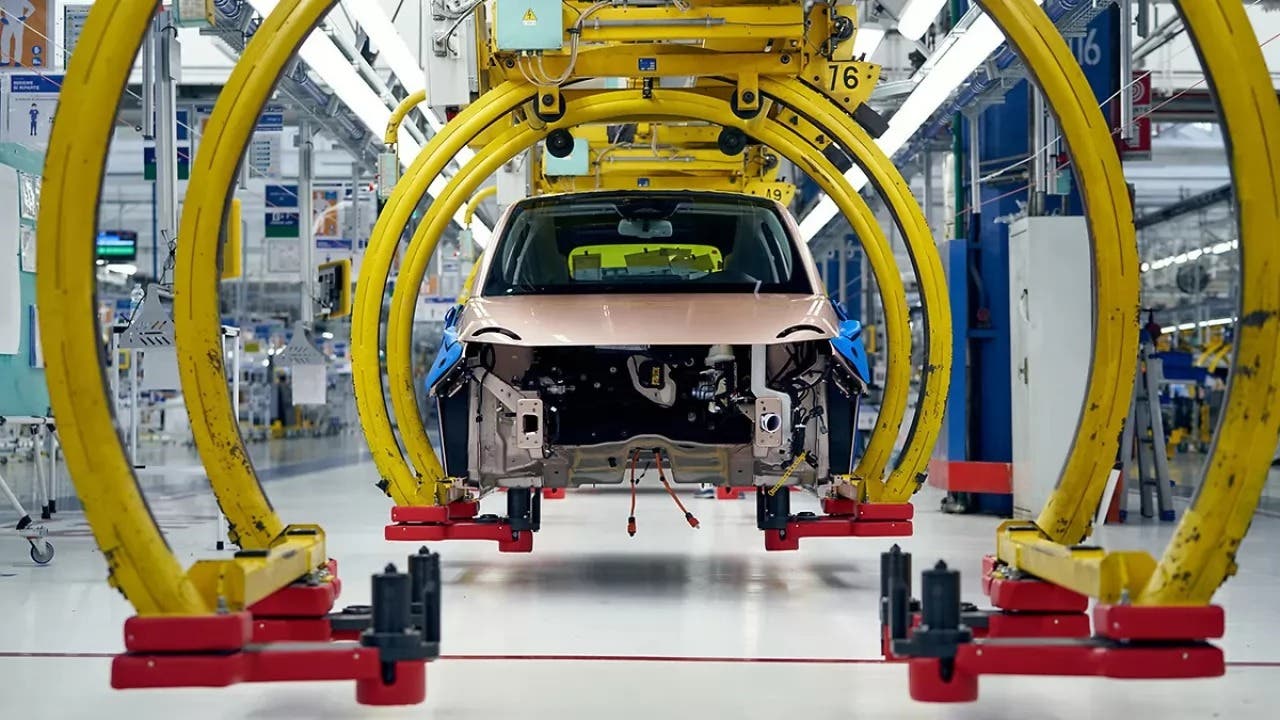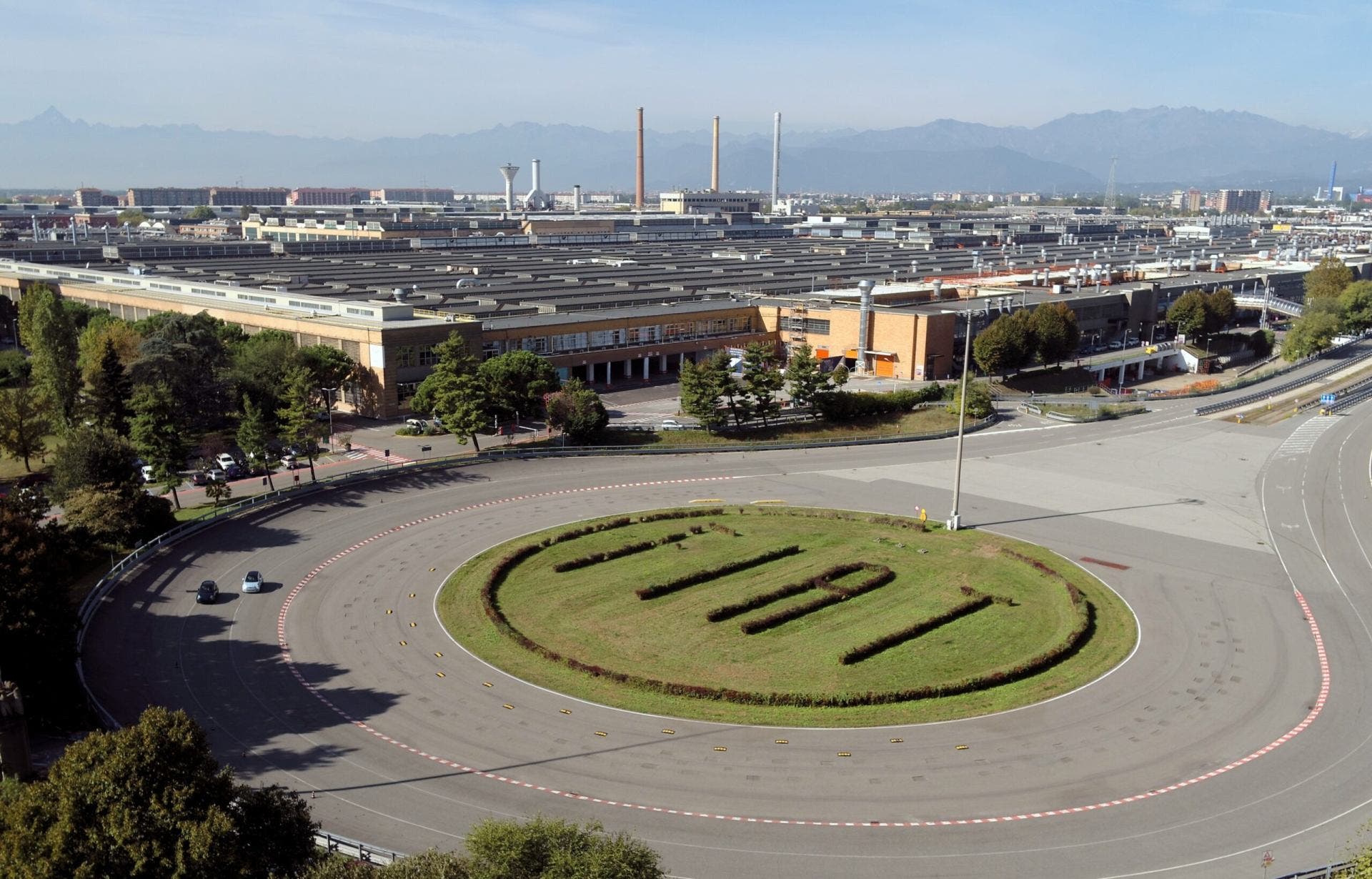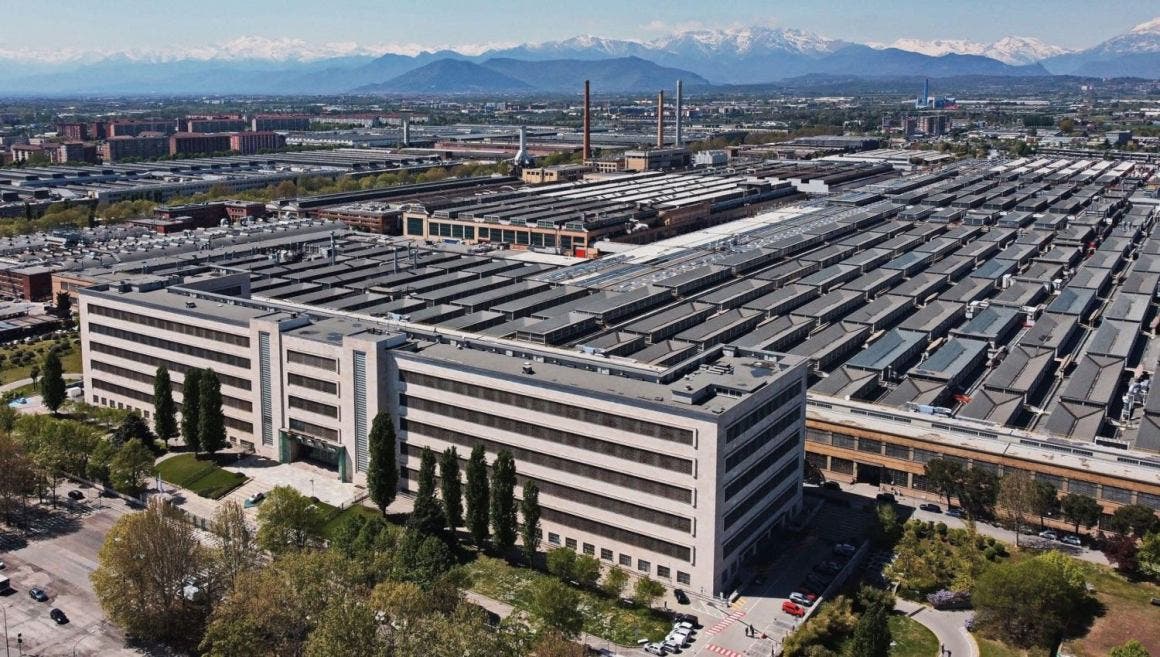Stellantis Mirafiori factory decided to postpone the end of the layoff-which was originally scheduled for May 7-to next June 3. This is yet another problem for the Turin plant, already struggling with a drop in demand for the vehicles it produces and uncertainty about the future. The extension of the layoff increases the concern of workers and unions, who fear for the future of employment and the negative impact on the supply chain.
Mirafiori crisis causes
What are the causes of the crisis that continues to affect the Stellantis factory in Turin? Declining demand for the cars produced at Mirafiori, particularly the Fiat 500e and Maserati, has prompted Stellantis to reduce production and activate layoffs. The company is aiming to strike back with a €100 million investment in a new, more economical version of the 500e, but unions fear it will not be enough.
There had also been talk of the possible shift of production of the Fiat 500e from Poland to the Mirafiori plant, but apparently for now it remains only a speculated future to no one knows when. Or at least, we know that production of the Fiat 500e has been suspended until at least September, due to the model’s disappointing sales results.

And precisely, low demand for electric cars in general, and for the 500e in particular, has forced Stellantis to reduce production. The company originally planned to produce 100,000 500e cars per year, but the demand has been much lower than expected.
And now, there is actually considerable uncertainty about the future. In fact, with this latest news in addition, the extension of the layoff and the lack of certainty about the future of the plant create a lot of concern among workers, unions and institutions.
Edi Lazzi, secretary general of Fiom CGIL in Turin, and Gianni Mannori, Mirafiori manager for Fiom CGIL, also expressed their deep concern about the extension of the layoff at the Stellantis plant.
“A month of production stoppage represents a further aggravation for the workers, who are already tested by a period of uncertainty and difficulty. The situation is likely to get even worse, with negative repercussions on the local economy and the entire supply chain,” the unionists said. “Yet another hard blow for Mirafiori. We will see what news there will be in the coming weeks,” they thus concluded, hoping for a change of course on the part of the company.
Lazzi and Mannori’s words highlight the gravity of the situation and underscore the negative consequences that the extension of the layoff will have on the workers and the city of Turin.

To summarize, there is no respite for the Mirafiori plant and the situation remains truly worrisome with a future that appears quite uncertain. It will really be necessary to develop a long-term strategy for Mirafiori that involves more than just job cuts. The future of the plant will depend on the decisions that Stellantis make in the coming months. Hopefully, a possible revival or decisive planning that could facilitate a bright light for the factory in Italy.

